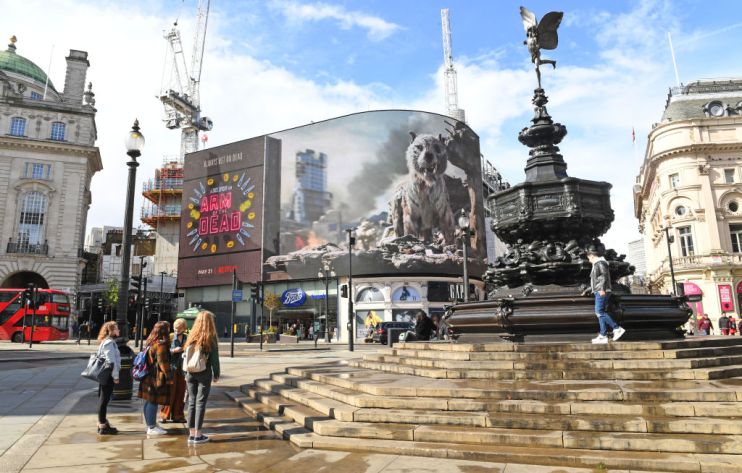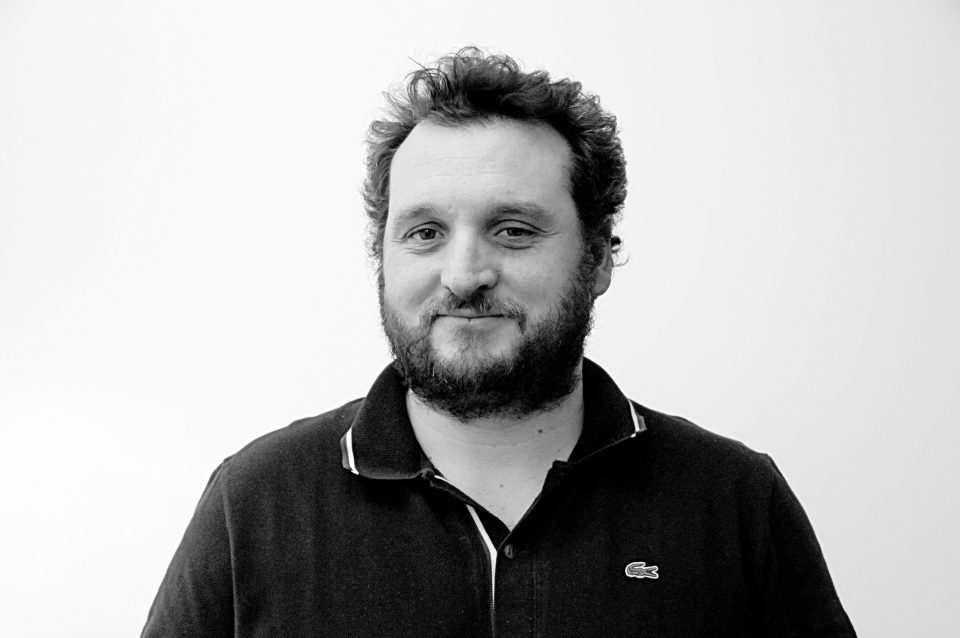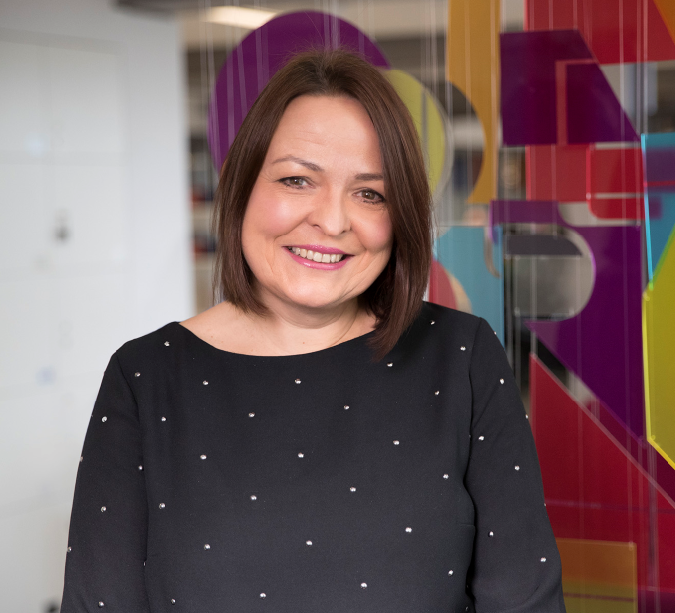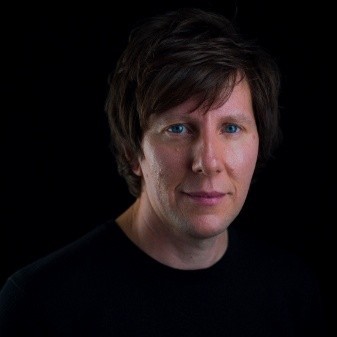Back to adland: What London’s creatives think about the return to the office

With the final easing of lockdown restrictions on the horizon, attention is turning to the eventual return to the office and a new era of flexible working.
Major banks such as JP Morgan, Goldman Sachs and Morgan Stanley have all begun bringing staff back into the office, while UBS has said it will embrace a more hybrid model.
But while City bankers may be ready to get their feet back under their desks, is it a different story for the denizens of adland as they head back into Soho?
City A.M. asked top London advertising executives how their companies plan to adapt to the new normal.
Richard Exon, founder, Joint

“With the easing of lockdown delayed and with government ministers introducing new phrases like ‘we all need to learn to live with the virus’ it’s now clear that there will be no steady state any time soon.
“At Joint we are planning to experiment from September onwards, starting with a version of the ‘all in, all out’ 3:2 approach with the additional reassurance that the office itself will be up and running all week for anyone who would rather not work remotely on any given day.
“And we fully expect to be optimising how we work for years to come because it feels like fixating on a date in a near future where the virus is just a memory and businesses will have a set way of working is a mirage.
“As well as a huge opportunity, this ‘always experimenting’ mindset presents real challenges because people need clarity and certainty so they can plan their lives beyond work.
“The key will be crystal clear communication between all parties, and the race is on to find practices and protocols that entirely align the business’ and its peoples’ needs. And, most importantly, can withstand ongoing changes in the years to come.”
Vicky Bullen, chief executive, Coley Porter Bell

“We see the return to the office as a great opportunity to introduce a new way of hybrid working, increasing flexibility for our people, allowing them to arrange their work around home and the office in the way that ensures they can be most productive in all aspects of their life.
“We have adopted what we call a 3:2 approach. We are asking people to start planning for a return to the office post- 19 July two days a week. Over time we hope to build to three. We are asking our teams to establish what kind of work they most want to do in the office — in the creative world it really helps to be able to sit around a table together and share ideas and builds. And from a personal point of view I can’t wait to be back in the office for pulling together pitches – you need that live interaction just to deal with the fast and furious pace of pitches.
“We are treating this like an experiment – we know we won’t get it right straight away and that we will be evolving what we do and how we do it. We have stressed that return to the office is voluntary until everyone is vaccinated so we don’t expect to be up and running fully until September.
“I believe hybrid working is here to stay. It is better for our people – it gives them choice and allows them to manage their work and their home lives more easily and more productively. Over the last month or so I have gone into the office on a Wednesday. Everything about it is wonderful, from just seeing London again — the sheer beauty of our city — to seeing my lovely colleagues and having a change of scene and pace.”
Darren Savage, chief strategy officer, Tribal Worldwide

“The pandemic has provided businesses with an amazing opportunity to reset, rethink, rewire and rebuild the future of work around how humans actually like to think, feel and make things happen.
“We are not going to dictate the number of days people should be in the office, instead we are rebuilding the nature of work and the physical spaces around the types of work that are best achieved face to face, which may not always the office. As such we are allowing people the freedom to choose how, when and for what purpose the spaces are used.
“Attendance numbers may end up similar to imposing a quota of days, but the psychology is very different: We believe this stance will be more motivating, interesting and liberating, key ingredients of stimulating creative thinking and human happiness.”
Andras Vigh, managing director UK, Firm Decisions

“Currently we are closed as an office, but special permission staff in limited numbers can go to the office as long as they ensure social distancing is observed. This will change once all restrictions are eased, middle of July currently. We are reviewing a test policy for the future on hybrid work, which will include both office and WFH. We plan to do this test for the next few months to see staff, client and productivity results.
“Clearly, the world has changed and the past year has shown that WFH is possible and often very productive. It can deliver a better work/life balance and flexibility to staff. However WFH also can create challenges especially with younger people who don’t have the size of home to permanently work from home. Training and staff development can also be a challenge and in the creative and communication industry, WFH can mean less ‘idea challenge’ which could mean less outstanding ideas are created. Therefore we need to balance WFH and office.
“Up until now it was rather simple. We either (almost) all worked in the office, or all worked from home. We were all in the same boat. All the benefits and challenges were the same. If one’s cat walked over one’s computer, or their kids asked questions whilst they were Zooming, it was almost an ice-breaker and everybody was very understanding. Once some people are in the office and some at home, society might be less ‘forgiving’ and each office needs to figure out how this works best. Communicating with some people on screen and some in person can also make it uneven in sharing and engagement.
“The key is to be flexible, test and learn and allow WFH for the benefit from the staff and office for training, client meetings and collaboration. This will all mean that office space might need to evolve to cater to better shared collaboration and newer technologies for meetings.”